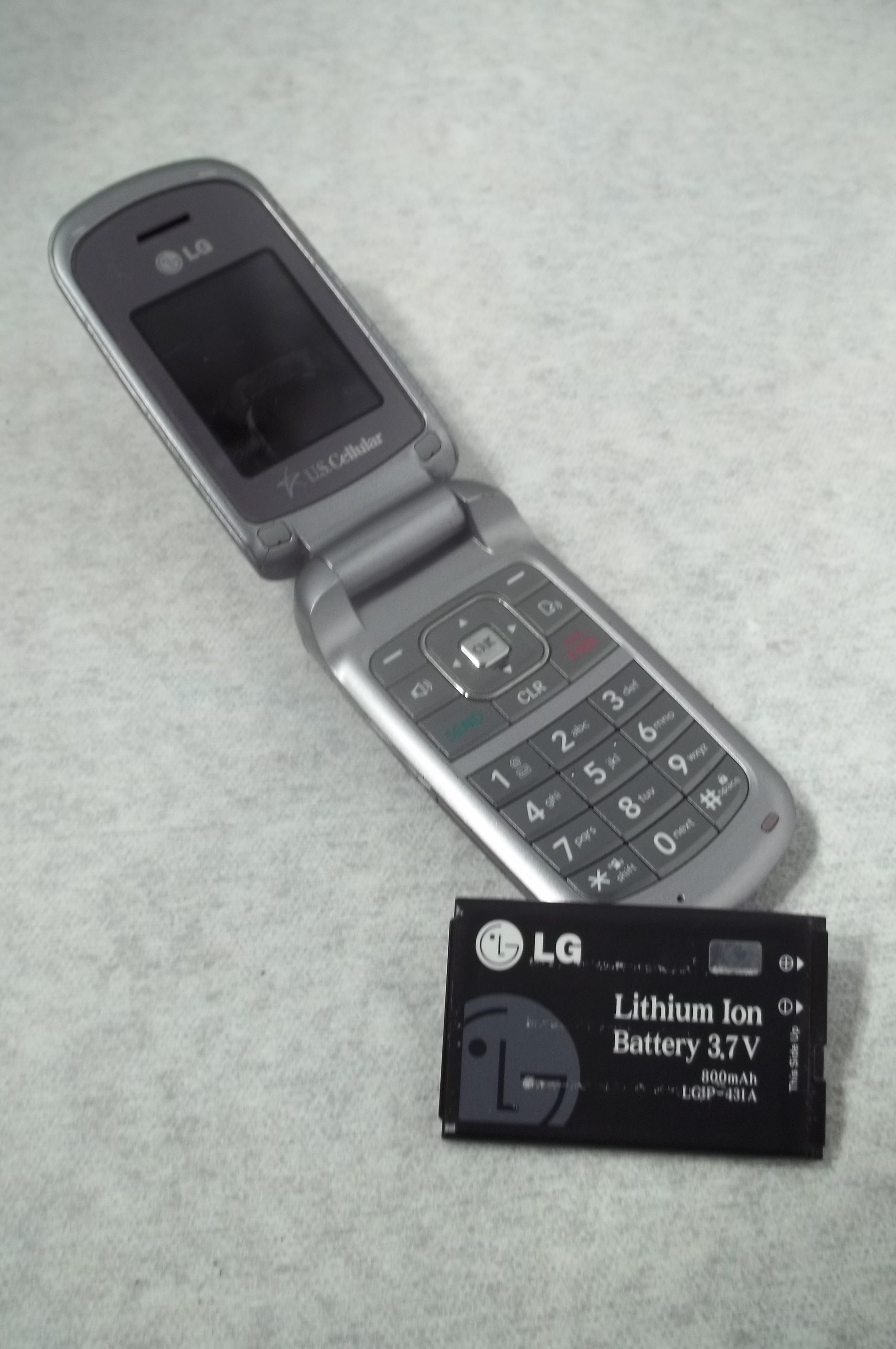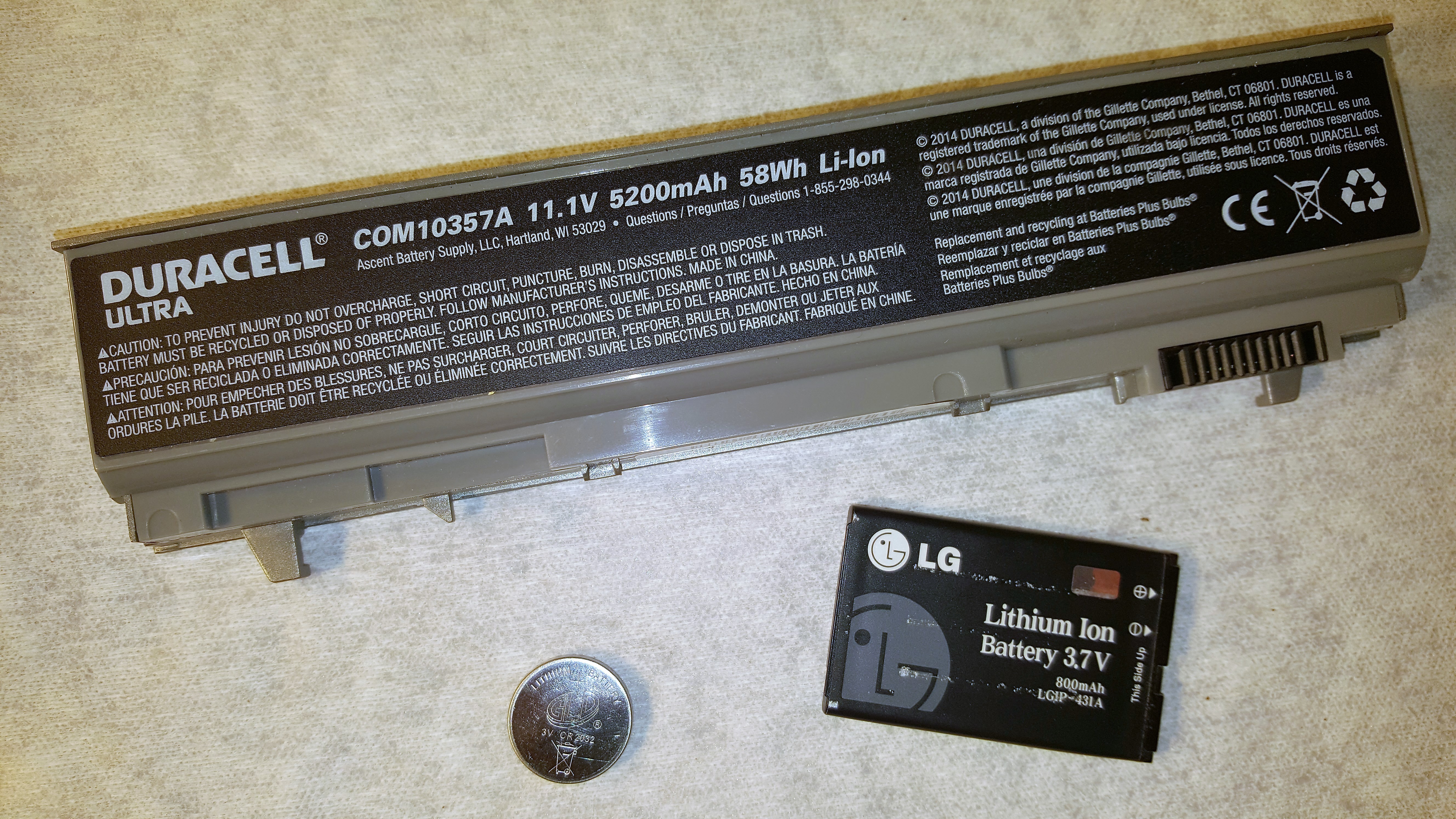A phone call and email on May 11, 2020:
Hi Daniel,
We talked for a few minutes today about the regulations for transporting lithium batteries for disposal. Just as a reminder, I asked if our company would be required to follow the DOT packaging and labeling requirements if we are picking up batteries at various facilities within our company and then transporting them to a recycling/disposal site ourselves.
Thanks for your time and your help!
My reply that same day:
- I presume the operations you refer to are subject to the regulations of USEPA, USDOT, & your state. They may not be.
- There is an exclusion from regulation from USEPA regulations for Household Waste. Your state will likely have a similar exclusion.
- USDOT/PHMSA regulations only apply to the transportation “in commerce” of a hazardous material. “In commerce” means the transport is by or for a business.
- USDOT/PHMSA regulations also apply when the transportation is on a public road. The regulations are not applicable if transportation is solely within your facility, e.g., a wide-spread campus with its own road system (not public roads).
- USEPA and likely your state regulate spent lithium batteries as a universal waste.
- The generator of a universal waste is allowed by USEPA to self-transport their universal waste for consolidation (between sites) and to disposal / recycling.
- USDOT allows a private shipper to transport its own HazMat (including lithium batteries as a universal waste) with minimal regulations under the Materials of Trade exception.
Contact me with any questions you may have about the transportation of lithium batteries by air, highway, vessel, or rail International and Domestic Daniels Training Services, Inc. 815.821.1550 |
By complying with the minimal regulations of USEPA, your state, and USDOT, you can easily self-transport lithium batteries – and other HazMat – for consolidation and disposal.





